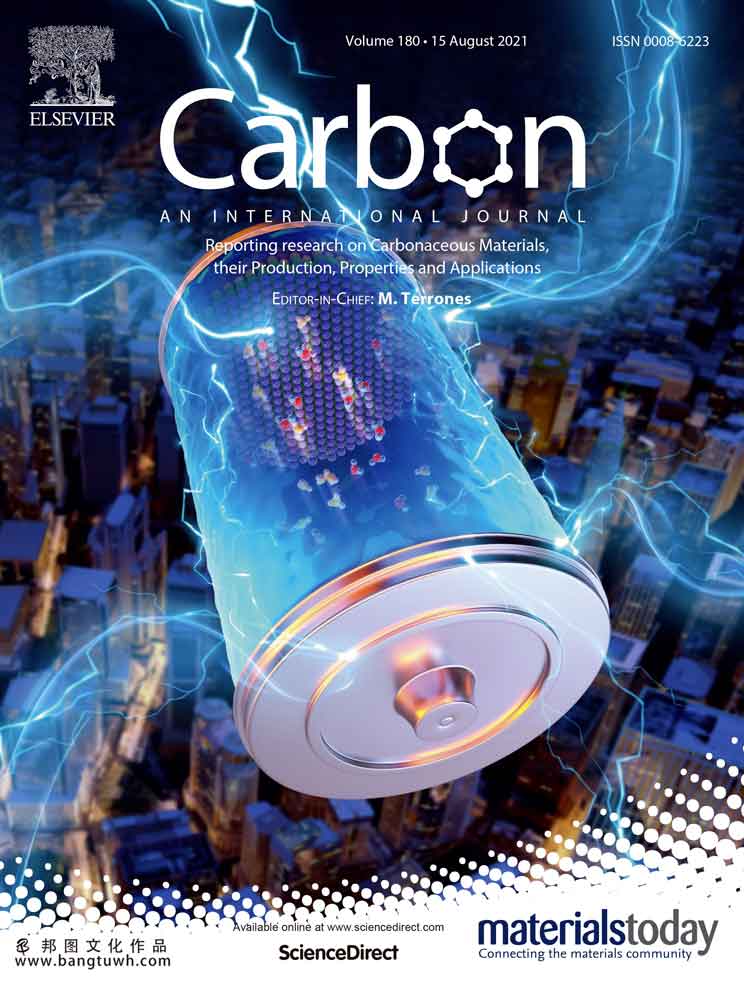科研绘图sci画图作图学术杂志封面设计toc示意图文章配图医学动画





atomic layer deposition (ald), which mainly stems from the drive of the semiconductor industry, is a cyclic, multi-step thin film chemical vapor deposition process based on sequential self-limiting surface reactions. it has demonstrated great potential to conduct large-area and low-cost fabrication of various energy storage devices. besides, a unique high-temperature ald approach, which is also known as surface-reaction limited pulsed chemical vapor deposition (spcvd), is introduced on the synthesis of three-dimensional (3d) branched nanowire (nw) architecture for electrode design. this review article intends to summarize the most recent and representative research regarding the application of ald in the fabrication of supercapacitors (scs) and lithium-ion batteries (libs). we start the discussion on the ald of nanostructured electrochemically active electrode materials for scs with a very large surface area on a different template, including carbon nanotubes, nickel foam, tobacco mosaic virus, etc. the ald layers for electrode passivation, sacrificing the ald layer for novel nanostructures, a high-temperature modification for 3d nanoarchitecture scs electrode. for the fabrication of libs, applications of ald in the deposition of active electrode materials, surface protection layer, and solid electrolyte are reviewed in detail. the perspective view of ald on this energy storage area is also present in the last part.


微信扫一扫,加设计师好友
17621261539
周一至周五8:30-18:00

提升“研值”

工作人员将在1个小时内联系您。


